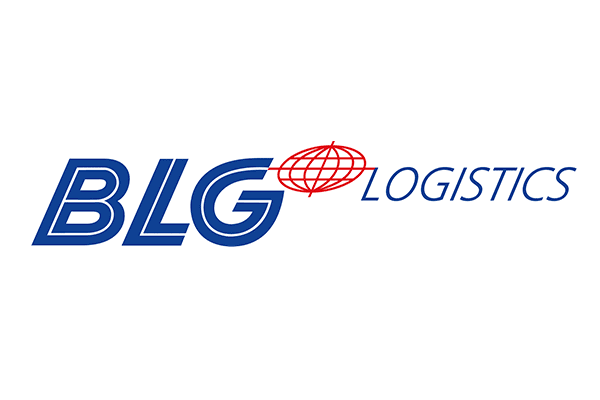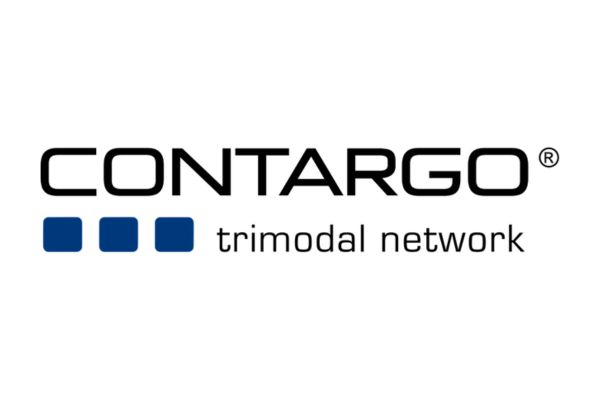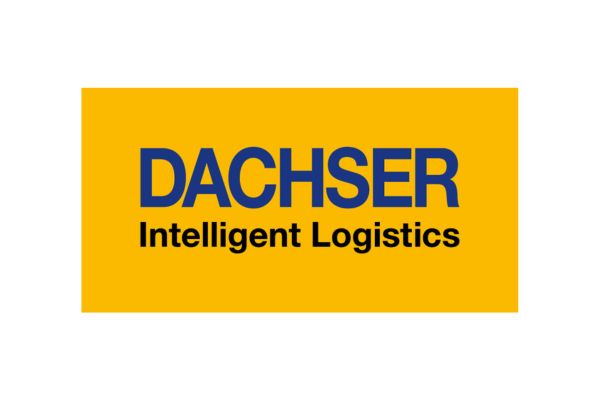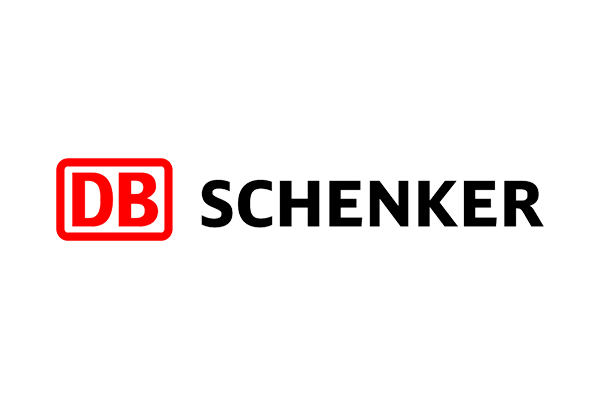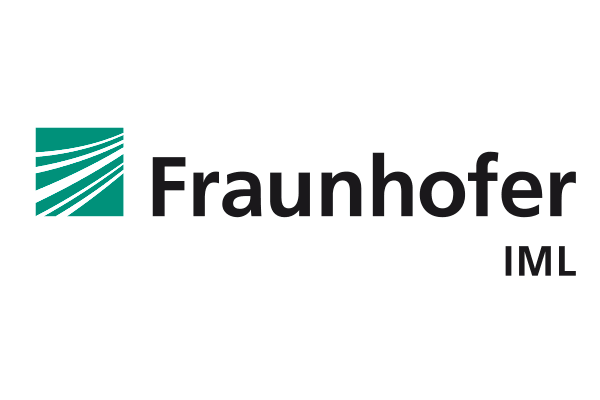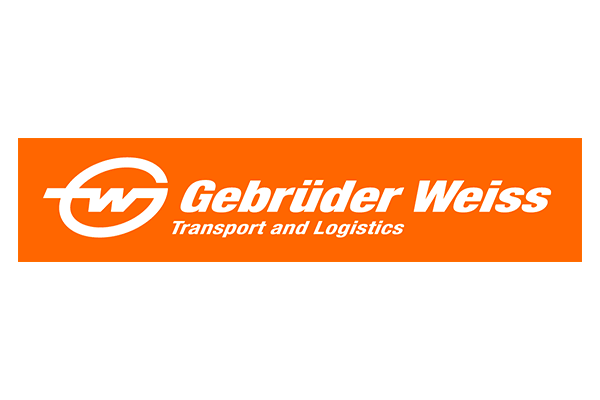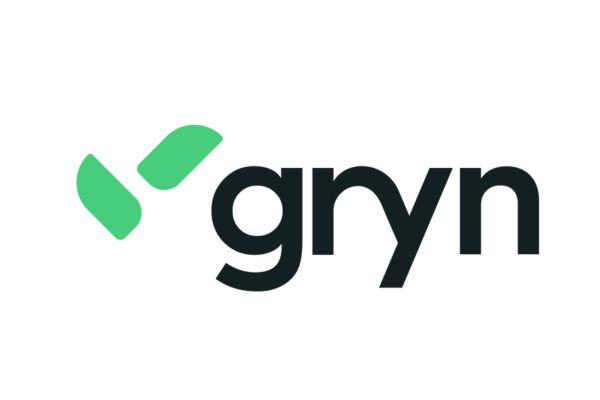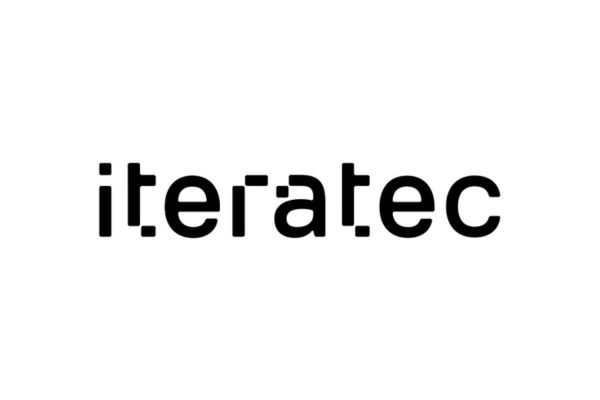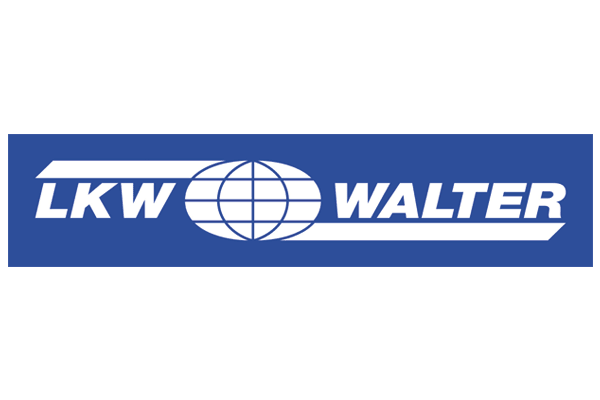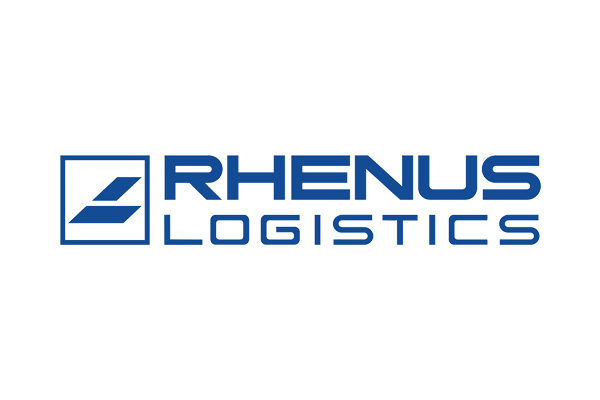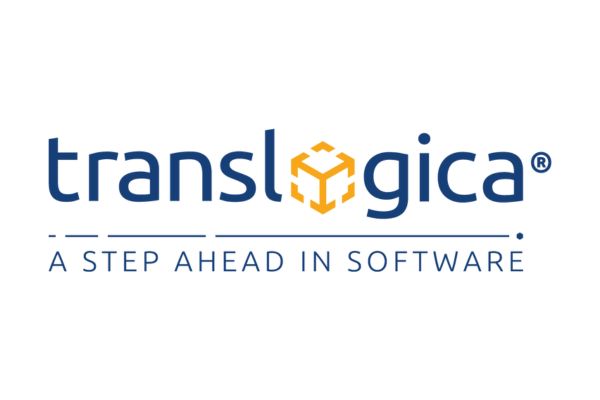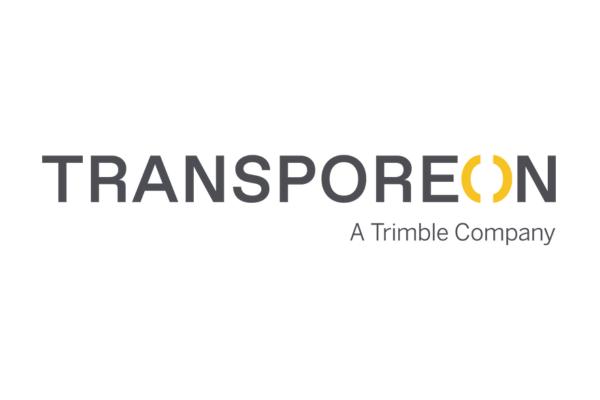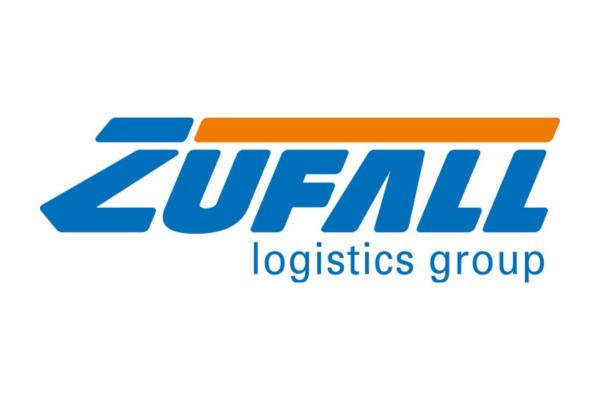Starting situation
There are currently no standardised specifications or best practices for exchanging emissions data between freight forwarders, logistics service providers, shippers, and customers: Companies along the supply chain use different systems and methods to track and report their emissions. However, customer-specific interfaces and manual work still prevent emissions data from being exchanged quickly and transparently.
In its iLEAP project, Smart Freight Centre (SFC) and the SINE Foundation have already developed a data model for exchanging emissions data along the supply chain with the industry, particularly manufacturers and shippers. The model is based on the GLEC Framework and ISO standard 14083, which was only published in March 2023 but has quickly become widespread. More information regarding the technical specifications of iLEAP can be found here.
Practical approach
The iLEAP interface is now to be implemented and tested in various use cases from the perspective of logistics service providers. The reference implementation will be published as open source, like the interface itself. The aim is to quickly make the iLEAP interface a global standard and thus prevent a proliferation of different interfaces and formats.
The publication as open source software ensures that everyone involved along the supply chain can work more efficiently and benefit from the latest developments. The aim is to increase the accuracy and consistency of emissions data throughout the supply chain.
Technical details
The work in the Project consists of developing and implementing exemplary use cases and making them available as open source, to make it easier for other companies to introduce the iLEAP interface. The use cases depict common constellations from practice.
The following use cases are currently being discussed by the project members or have already been approved.
- Data exchange between several logistics service providers and a manufacturer/shipper
- Data exchange between a logistics service provider and a platform
- Exchange of activity data between a logistics service provider and a carrier (subcontractor)
The data exchange should occur at the TCE level (Transport Chain Element) and TOC level (Transport Operation Category). TCE refers to the section of a transport chain in which freight is transported by a vehicle on a section of the transport chain or passes through a hub. TOC summarises transport operations (TO) with similar characteristics over a certain period of time. More information on these concepts and their meaning can be found in the GLEC Framework or the ISO14083 standard.


